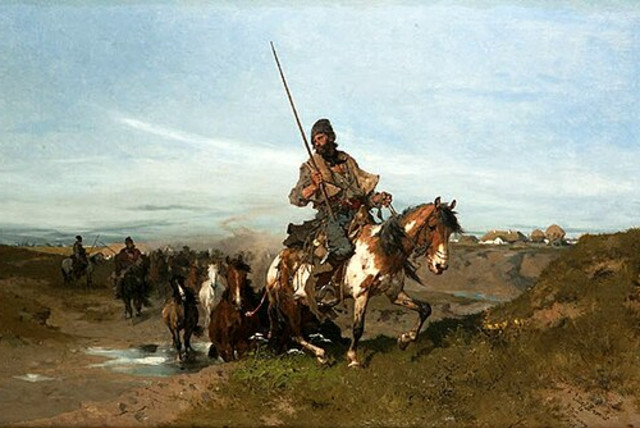How a new genetic tool can help you track ancient relatives

The researchers applied "ancIBD" to ancient genomes from across Eurasia and found hundreds of previously undetected pairs of relatives.
Researchers from Germany and the USA have developed a new tool for identifying prehistoric individuals' relatives up to the sixth degree (second and third cousins, as well as half-cousins), according to peer-reviewed study published this month in the scientific journal Nature Genetics.
The study was produced by researchers from the Max Planck Institute for Evolutionary Anthropology in Germany, and the University of Harvard.
Two genetically related individuals share long stretches of DNA co-inherited from a common ancestor. These DNA segments are called Identity by Descent (IBD) segments.
Relatives are likely to share multiple IBD segments. This is how commercial genetics companies identify relatives in their databases.
A new tool called "ancIBD" was designed to help with DNA that has degraded due to its age. The main challenge for these researchers was to fill the gaps in degraded DNA, but they solved this by using modern reference DNA panels.
The researchers then applied ancIBD to ancient genomes from across Eurasia and found hundreds of previously undetected pairs of relatives. Previously, it had only been possible to detect relations up to the third degree (first cousin, great-grandparent/child, great uncle/aunt/nephew niece).
They selected the period from 3000BCE to 2000BCE which was characterized by the flow of nomadic pastoral steppe peoples into Europe from Asia, including the people whose language would come to dominate the continent.
The people in question are often given different names depending on the discipline, with the two major names being the Yamnaya culture (archaeology) and the Proto-Indo-Europeans (linguistics).
These people are believed to have been among the first to domesticate horses and to use wagons.
Tracking ancient migrations
Evidence of their culture has largely only remained in their burial sites called "Kurgans," as well as the language which they passed on to the people of Europe. Almost all major European languages descend from their language, the major non-Indo-European languages of Europe are Finnish, Hungarian, Estonian, and Basque.
The researchers having used ancIBD found that Yamnaya culture individuals shared genetic descent with individuals of the Afanasievo culture thousands of kilometres to the east near the Central Asian Altai mountains.
Although previous studies showed that there was a similarity in their genome but could not show a timescale, the new research shows that these individuals were capable of traveling long distances and settling in new regions within a much smaller number of generations than previously thought.
This also adds extra evidence for the theory that not only do most European languages descend from a common ancestor but also that most Iranic languages (Farsi, Pashto) and Indic languages (Hindi, Bengali, Urdu).
The researchers also tested Yamnaya DNA segments against later settled groups in Europe and found that the spread of Yamnaya DNA into Europe coincided with the spread of the Corded Ware culture in Europe, with many Corded Ware individuals carrying Yamnaya DNA where the ancestors had previously had none.
The archaeological implications of this are wide-reaching as the ability to track distantly related individuals from the pre-historic era allows for more accurate identifications of ancient peoples and their migrations. This innovation will allow modern people to find relatives they have lost contact with even if the connections are far further than current testing has permitted.
Jerusalem Post Store
`; document.getElementById("linkPremium").innerHTML = cont; var divWithLink = document.getElementById("premium-link"); if (divWithLink !== null && divWithLink !== 'undefined') { divWithLink.style.border = "solid 1px #cb0f3e"; divWithLink.style.textAlign = "center"; divWithLink.style.marginBottom = "15px"; divWithLink.style.marginTop = "15px"; divWithLink.style.width = "100%"; divWithLink.style.backgroundColor = "#122952"; divWithLink.style.color = "#ffffff"; divWithLink.style.lineHeight = "1.5"; } } (function (v, i) { });

